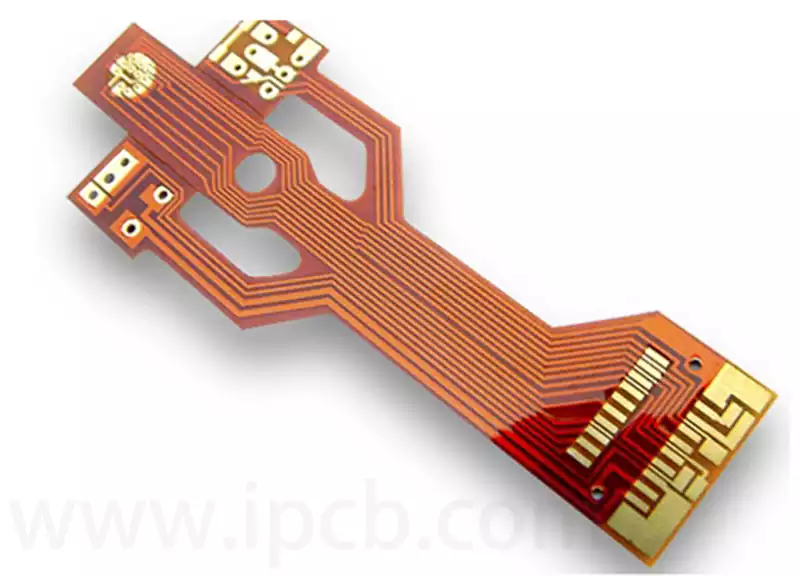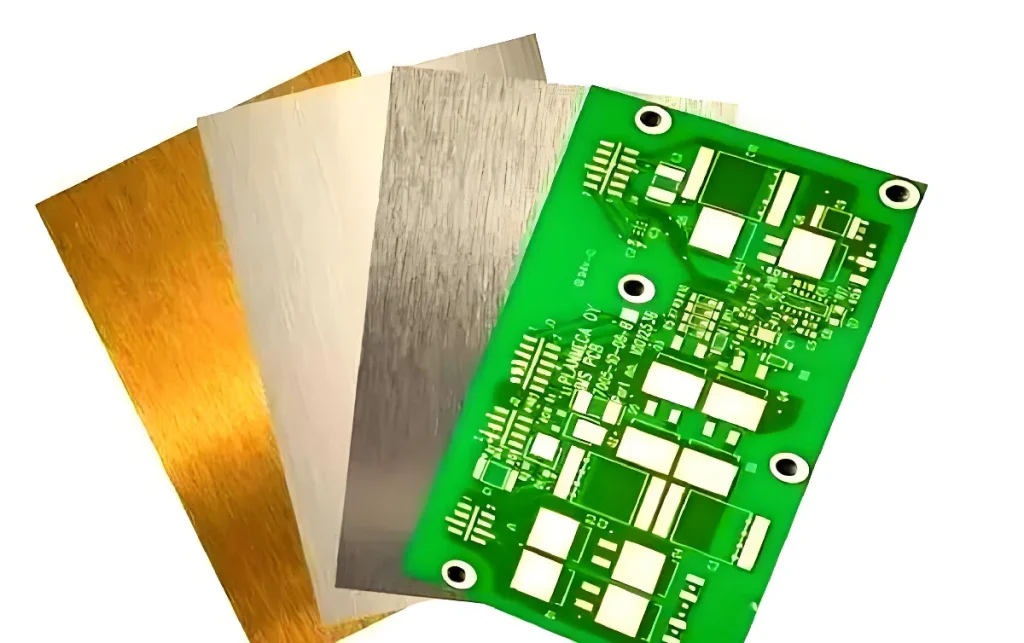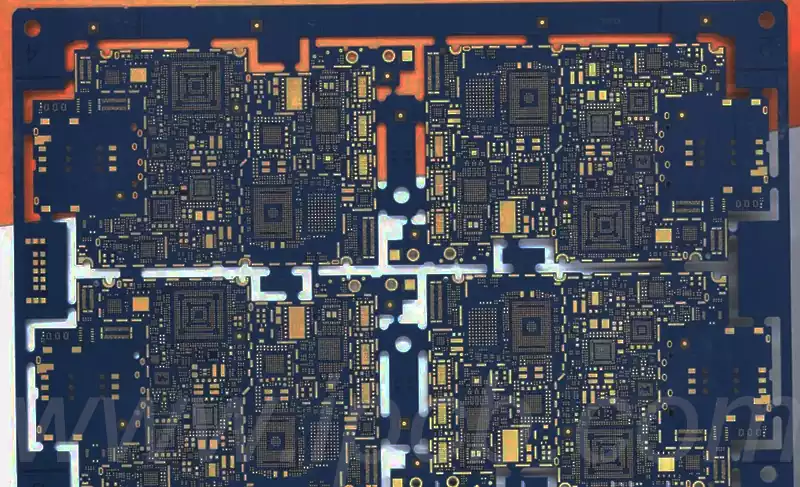Telecommunication equipment is also an Industrial Communication Device (ICD), which is used for wired and wireless telecommunication equipment in industrial control environments. Wired communication refers to the use of overhead cables, coaxial cables, optical fibers, audio cables, and other transmission media to transmit information between telecommunications equipment. Wireless communication refers to a communication method that does not require physical connection lines, that is, it uses the characteristic of electromagnetic wave signals that can propagate in free space for information exchange.
Telecommunications equipment includes: CDMA devices, GPRS, other mobile devices, 3G mobile phones, other mobile products, GSM digital mobile phones, CDMA mobile phones, global communication satellite mobile communication power supplies, duplexers, lightning protection equipment, distribution frames, ISDN switches ATM switches, codecs, wireless bridges, relays, radios, testing equipment, testers, monitoring equipment, others, transmission equipment, fax machine communication others, telephones, walkie talkies, vehicle mounted stations, telephones others, pager phones, network phones, telephone series, headphones, other mobile product accessories, flanges, components/circuit boards, other equipment, servers, network storage devices, multiplexing devices, repeaters, transmission equipment others, power amplifiers, communication network cards, network cabinets, optical transceivers, modems, converters, distributors, fiber optic jumpers, wire and cable, base station controllers, satellite mobile telecommunications equipment, group telephone switches, multi service access switches, computer network equipment, switching equipment, access equipment, broadband multi service switches Mobile switches, broadband and narrowband integrated service access IP voice gateway, recording telephone, video telephone, process telephone, routing equipment, local area network and comprehensive cabling system, other access products and systems, very small earth stations, (VSAT) telecommunications equipment, video conferencing equipment, connectors, communication amplifiers, transceivers, splitters, jumpers, fiber optic machines, communication assistants, communication optical cables, communication cables, cable construction tools, telecommunications equipment classification, communication antennas, cable junction boxes, application software systems, communication lines, gateway servers, attenuators, network security equipment, other computer network equipment, cordless telephones, plug-in telephones, telephone cards, cable distribution boxes, telephone managers, telephone billing devices, iridium system satellite mobile phones, mobile phone shields, mobile products, mobile product accessories, mobile phones Phone battery Mobile phone chargers, mobile base stations, mobile repeaters, GPS devices, mobile telecommunications equipment, Ethernet switches, digital program-controlled switches, manned public telephone terminals, coin operated telephones, intelligent IP service switches, other switches, terminal equipment, etc.

Classified by the purpose of telecommunications equipment:
1. Mobile telecommunications equipment is a wireless telecommunications device based on mobile communication technology. At present, common mobile telecommunications devices mainly include multiple categories such as smartphones, tablets, mobile routers, and mobile landline phones. Smartphones and tablets have become essential telecommunications devices in people’s daily lives, and mobile routers and landline phones have also been widely used in mobile office and mobile life.
2. Fixed telecommunications equipment refers to devices installed in fixed locations for communication. Mainly including fixed telephones, fixed broadband access equipment, central office equipment, etc. Fixed telephones were the earliest telecommunications equipment and are still commonly used in residential and office settings. Fixed broadband access equipment mainly includes fiber optic broadband, ADSL broadband, etc., which are the main ways of broadband access for households and enterprises.
3. Radio frequency equipment is a device used to transmit and receive wireless signals, mainly including wireless intercoms, wireless radios, radars, etc. Wireless intercoms and radios are widely used in industries such as law enforcement and firefighting, while radar is mainly used in fields such as aircraft navigation and geological exploration.
4. Fiber optic equipment refers to devices used to transmit optical signals, mainly including light sources, optical modules, fiber optic connectors, optical switches, etc. Currently widely used in fields such as data communication, fiber optic communication, and computer room construction.
5. Satellite communication refers to the communication mode in which the satellite is used as a transit station to transmit the telephone, telegraph, fax, television, Internet and other information transmitted by people to the ground terminal via satellite. Satellite communication is a communication method with global coverage capability, which has the advantages of being able to span long distances, covering a wide area, and having strong anti-interference ability.
Telecommunications equipment covers many categories, among which mobile telecommunications equipment and fixed telecommunications equipment are the two most common types. RF equipment and fiber optic equipment are devices applied in specific fields, and the specific application depends on the specific situation.


